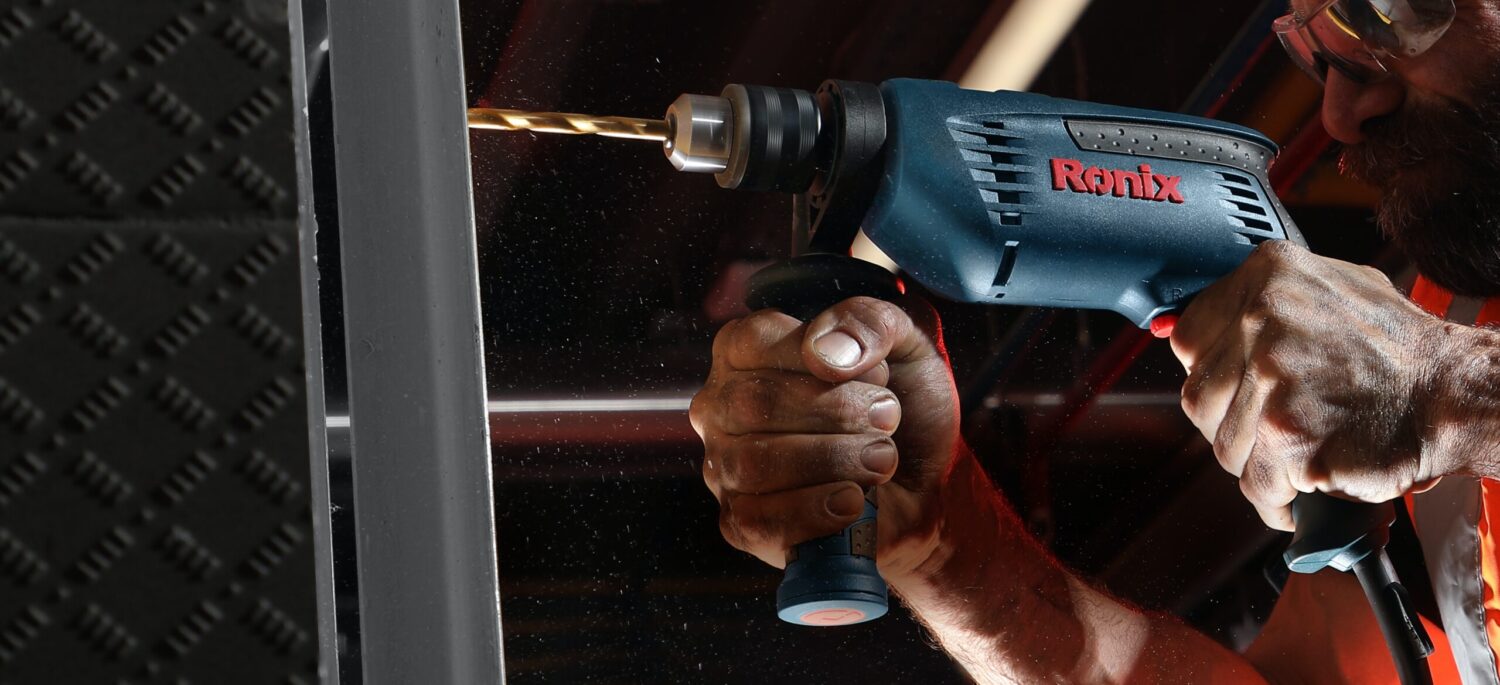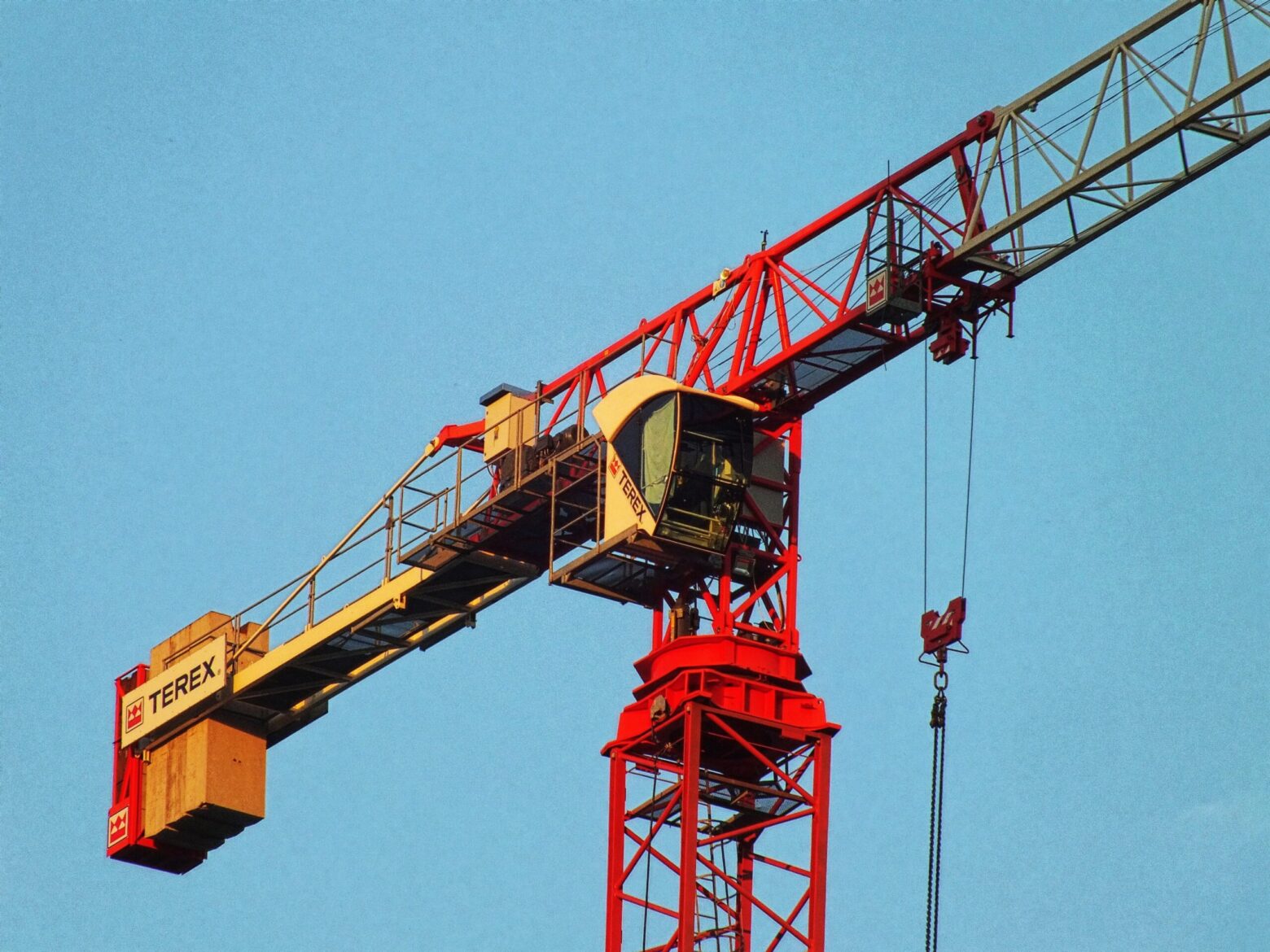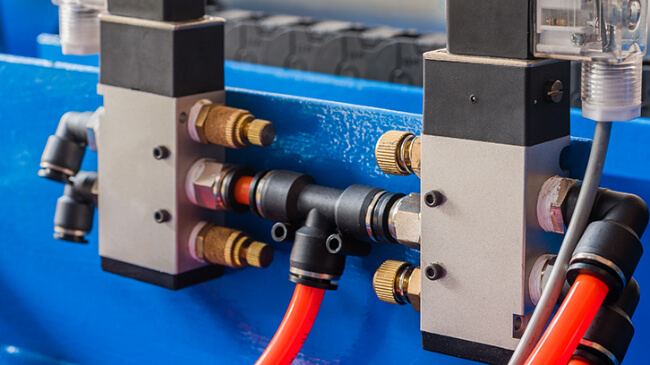When it comes to power tools, the drill and impact driver are among the most frequently utilized tools in the arsenal of a DIY enthusiast. It’s no wonder that these tools require regular maintenance and replacement components. Although they may appear similar at first glance, many individuals ponder whether one can be used interchangeably with the other. However, these tools possess distinct differences that render each one more suitable for specific tasks. Let’s delve into these disparities together to assist you in determining the appropriate tool for the job.
Key Features of a Drill
Speed Selector
A drill typically offers two settings: high-speed and low-speed. The lower speed setting proves particularly advantageous when working with larger drill bits or engaging in tasks such as mixing paint or drywall mud, as it enhances the amount of torque generated by the drill.
Selector Dial
Drills are equipped with one or two dials that enable the selection of different modes:
- Drill Mode: In this mode, the drill simply spins, allowing for speed variation using either the gearbox or the trigger.
- Screw Mode: This engages the drill’s clutch and enables the selection of a specific clutch/torque setting. Once the specified level is reached, the drill automatically shuts off. This mode is valuable as it reduces the risk of stripping screws and permits the limitation of how far a screw is driven into materials such as drywall.
- Hammer Mode: When set to this mode, the drill bit vibrates rapidly in a back-and-forth motion. The circular motion facilitates the removal of dust from the hole, while the hammering motion allows the carbide on the drill bit’s end to make firm contact with the work surface.
Key/Keyless Chuck
The chuck, a mechanism that secures the drill bit in place, can accommodate various sizes and types of bits, including hole saws and spade bits, catering to diverse job requirements.
Key Features of an Impact Driver
Hammer and Anvil
An impact driver incorporates a rotating hammer mechanism that applies additional force to the screw or fastener being driven through quick, successive impacts. This mechanism enables the driver to deliver greater torque without the risk of stalling, breaking the screw, or damaging the driving surface.
Adapters
Impact driver adapters are employed to connect the driver’s hexagonal chuck to different drives or socket sizes. These adapters typically feature a square drive or socket on one end and a hexagonal socket on the other. By inserting the adapter’s hexagonal shank into the impact driver’s chuck, various square drives or sockets can be utilized with the impact driver.
Square Drive
Certain impact drivers are equipped with a built-in square drive, which allows for the convenient attachment of square drive sockets without the need for adapters. Square drive impact drivers prove particularly useful when working with hex bolts, lag bolts, or small engines, as they ensure a more secure attachment and are less likely to damage or fracture corroded or stubborn bolts.
Hex Chuck
The impact driver features a chuck with a hexagonal shape, primarily designed for use with other hex shank bits. If a round shank bit needs to be utilized, an adapter must be purchased beforehand.
When to Use a Drill
Drilling
Drills were primarily designed for creating holes. Therefore, if your project or task involves boring holes in materials such as metal or wood, the drill would be the optimal choice. The versatile chuck can accommodate various bits, making it the go-to tool for creating holes of different sizes in various materials.
Precision
Drills are best suited for tasks that demand accuracy and precision, such as furniture assembly, where steady and well-aligned joints are crucial. The variable speed settings allow for greater control when driving screws and attaching different materials together.
Fragile Materials
Drills typically possess lower torque and are better suited for working with delicate materials that require careful handling, such as thin wood pieces or drywall. Thanks to adjustable speed and torque settings, drills can drive gently and prevent material damage.
Woodworking
Drills are essential for woodworking projects. Their constant spinning ensures a smooth drilling experience, reducing the risk of wood splintering. They are the preferred choice for creating pilot holes, preparing surfaces, and providing the necessary control to avoid overdriving screws into the wood.
When to Use an Impact Driver
Driving and Fastening
The rotating mechanism in impact drivers allows for the application of greater force when inserting screws or fasteners, without compromising the integrity of the screw or loosening the drill bit. They are particularly suitable for installing long screws and heavy-duty fasteners like lag bolts.
Dense Materials
Due to their higher torque output, impact drivers are ideal for working with tough materials such as concrete or brick, as well as tackling demanding projects like deck building.
Efficiency
Impact drivers are designed to deliver fast results. The rapid impacts from the rotating mechanism enable the swift driving of screws and fastening of materials, outperforming drills in terms of speed. This is especially valuable when installing a large number of screws or bolts, which can be a laborious task.
In conclusion, both drills and impact drivers are invaluable tools, each with its own strengths and weaknesses. While drills offer greater versatility, control, and precision, impact drivers excel in efficiency and are the preferred choice for heavy-duty tasks that demand higher torque and speed. Ultimately, your choice will depend on the specific task and materials you are working with. However, if you are an enthusiastic DIYer, we would recommend having both a drill and an impact driver in your toolkit to handle a wide range of projects.


